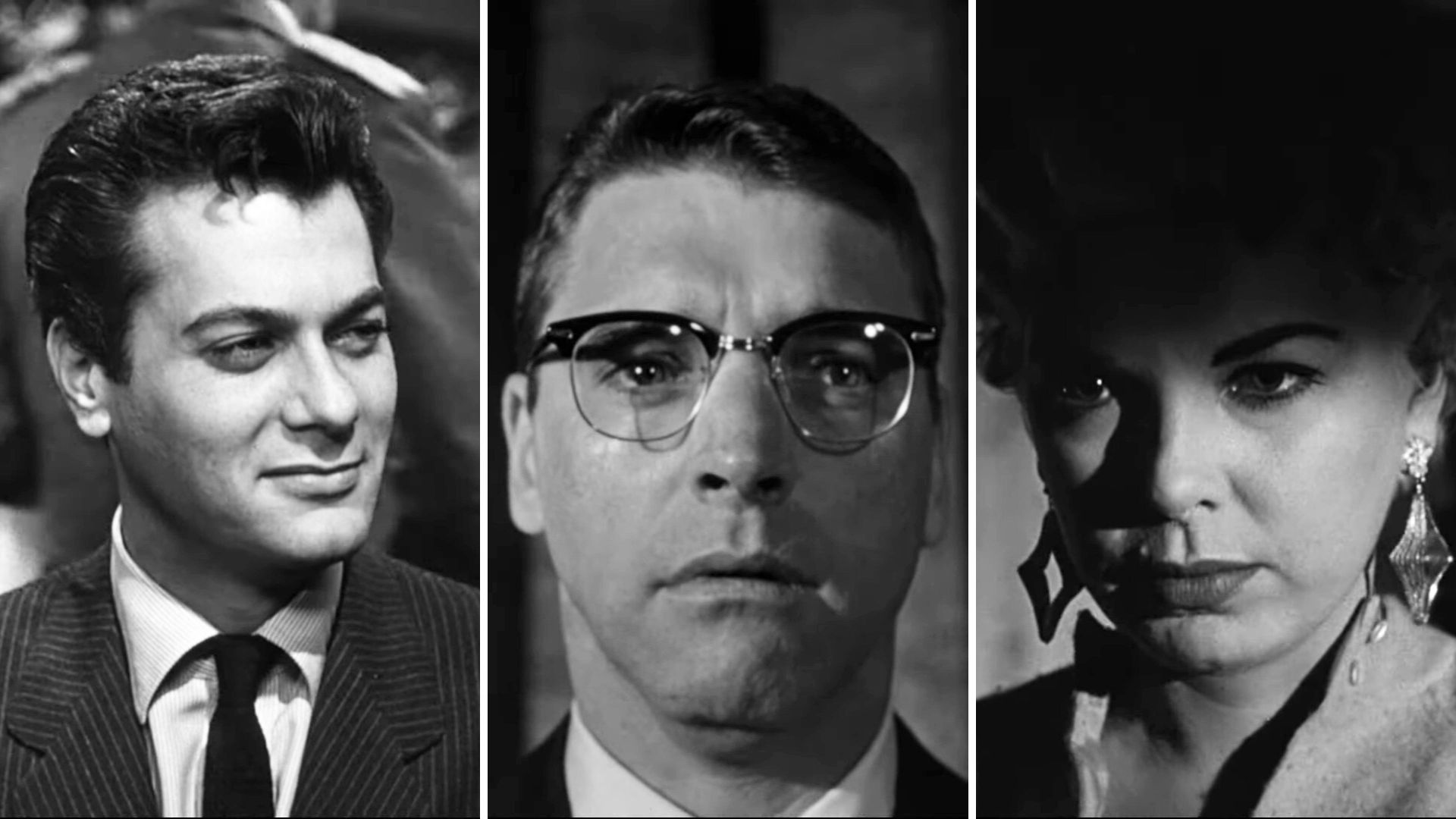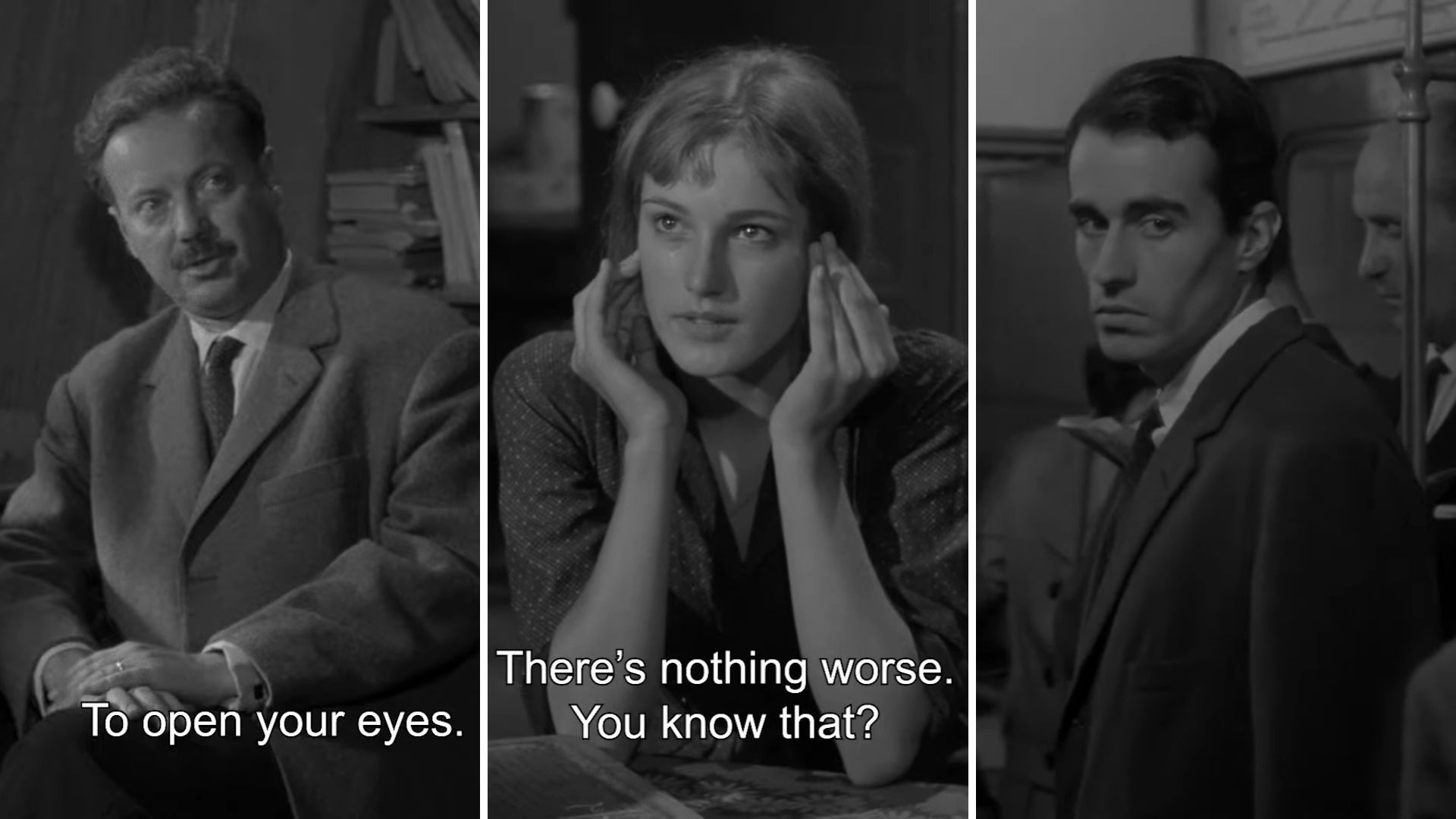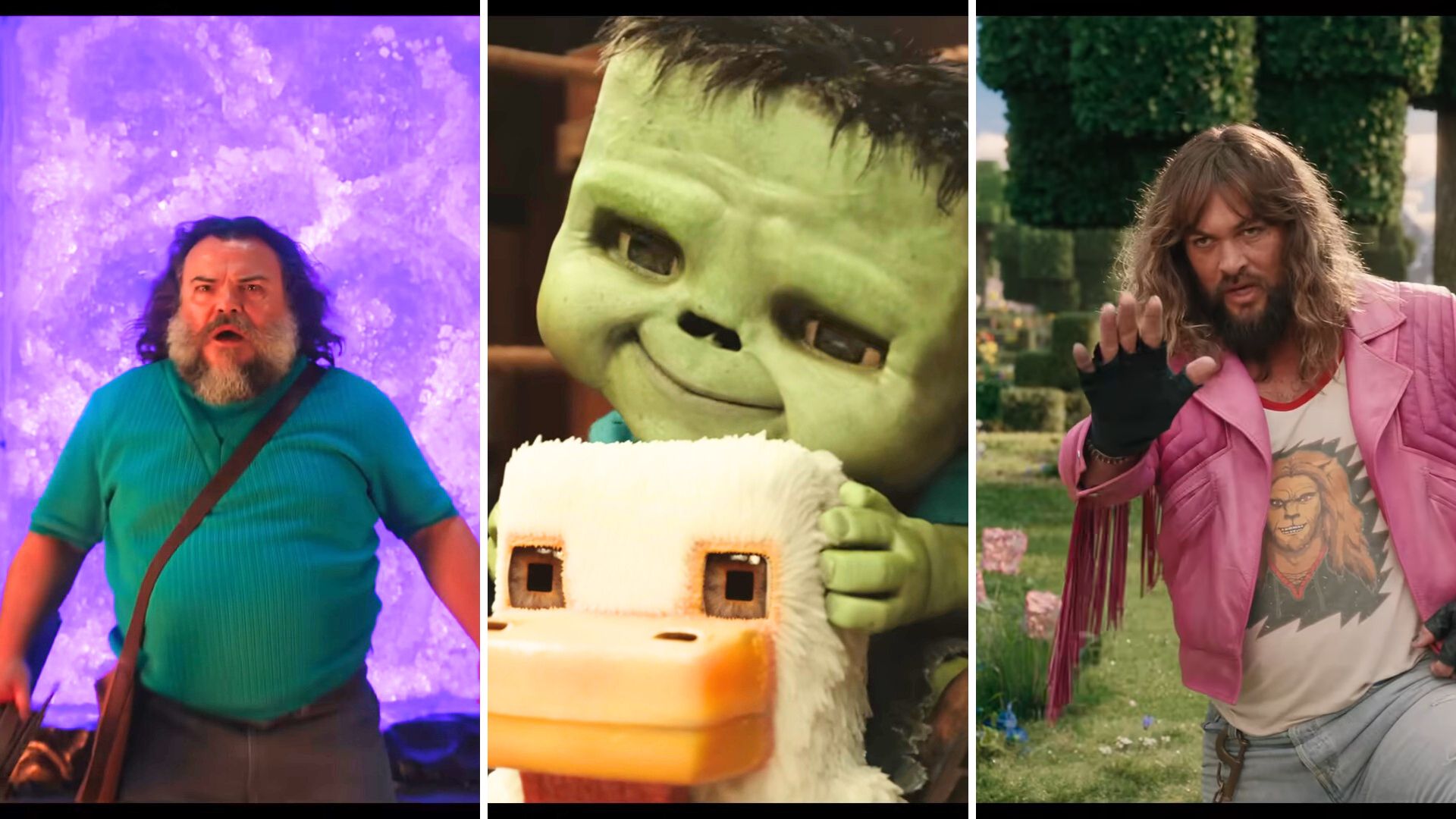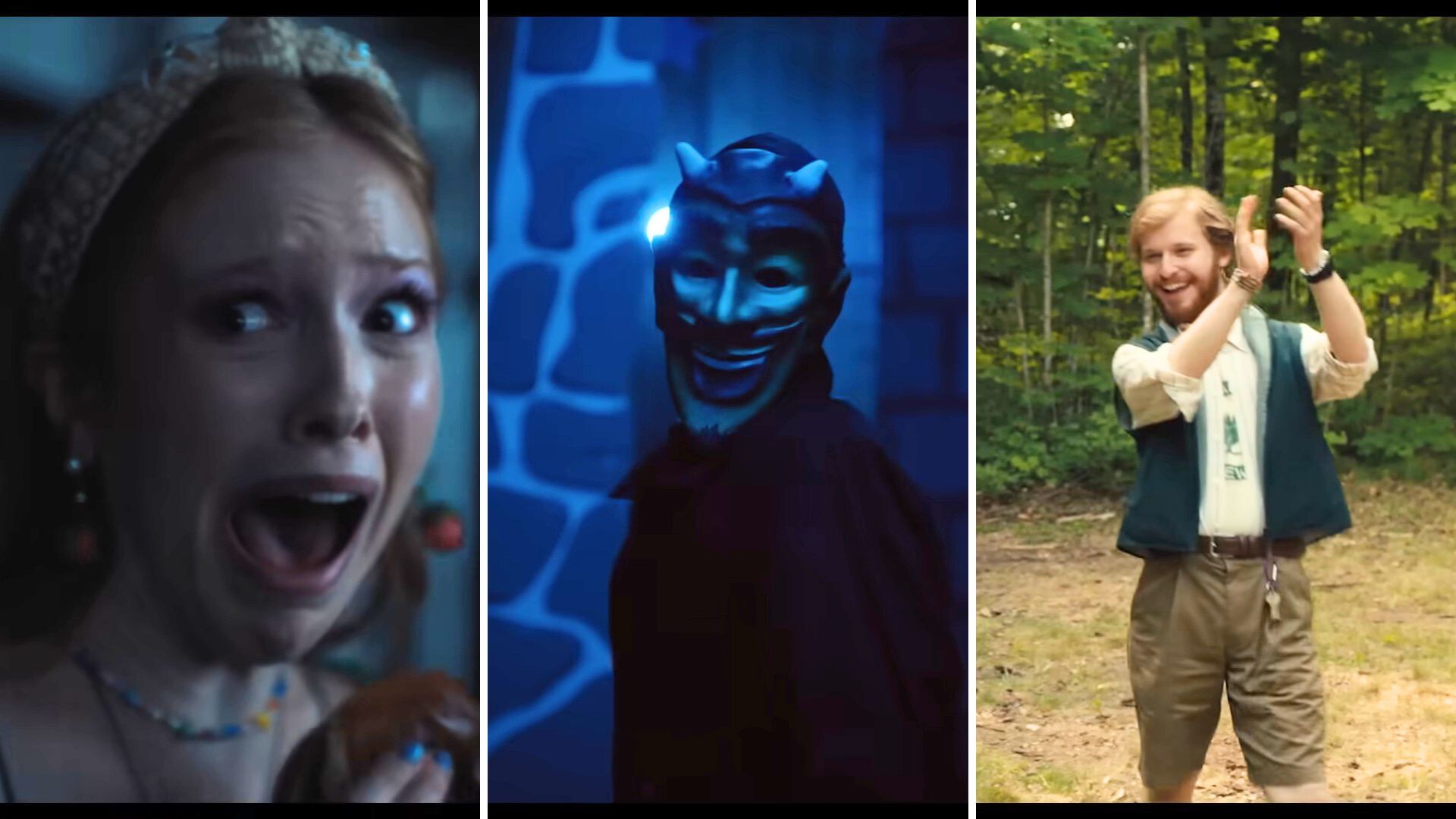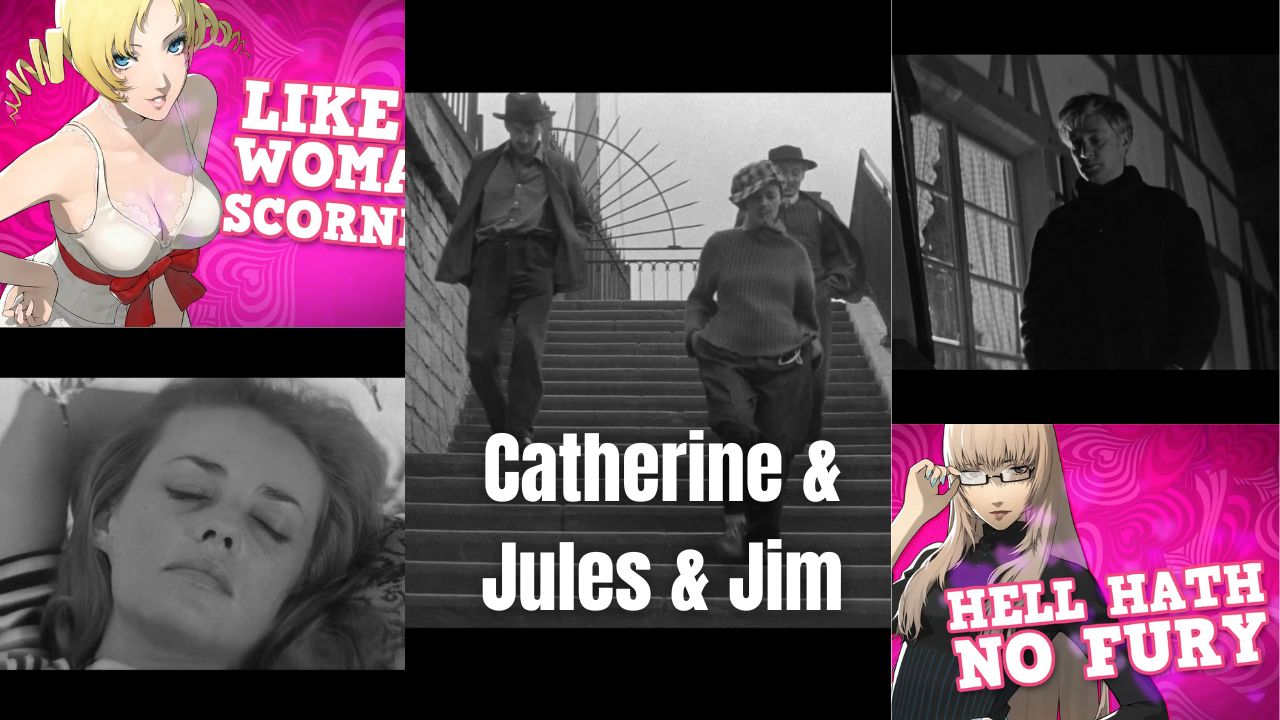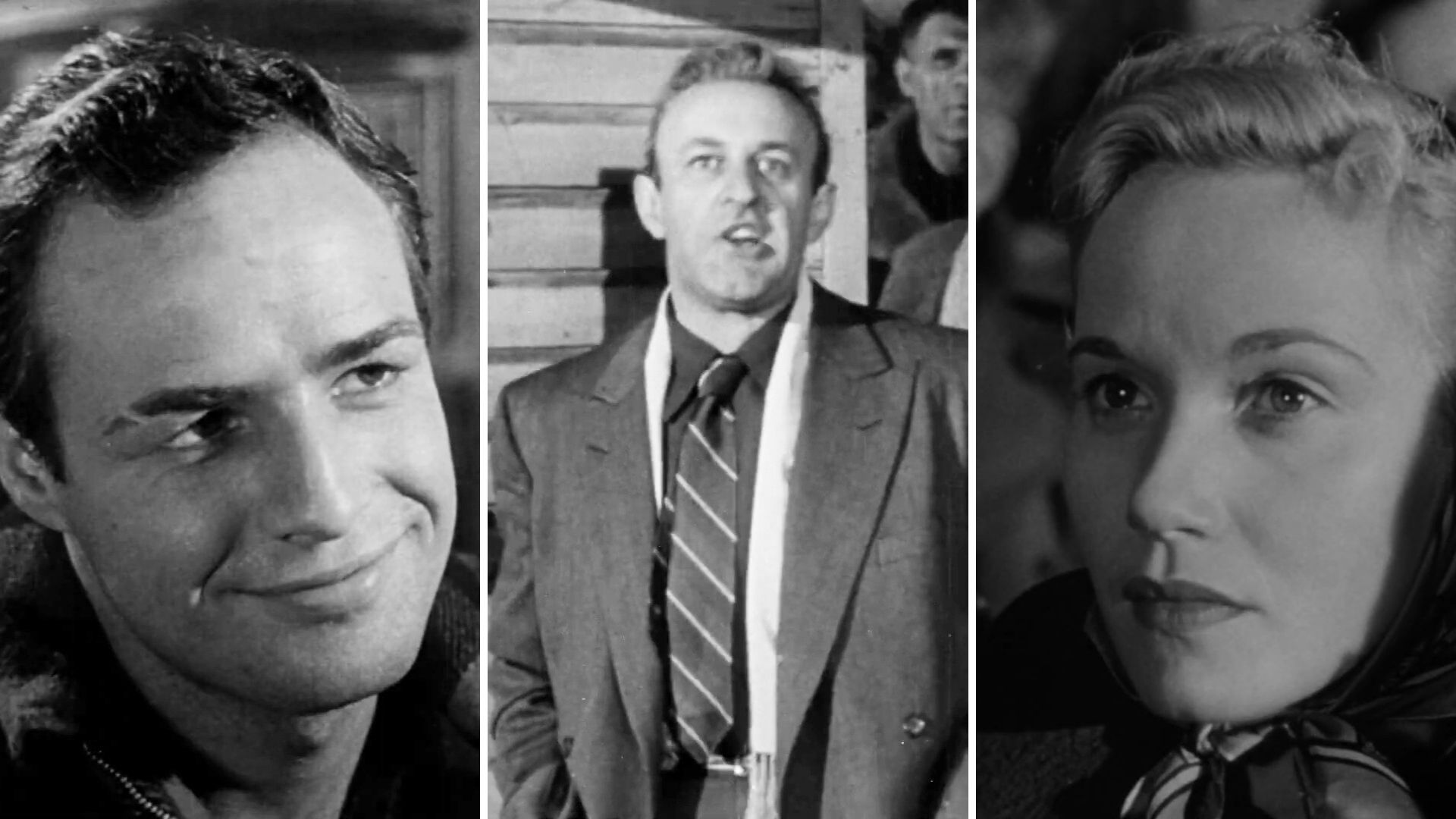
Elia Kazan’s On the Waterfront is one of the original great American cinema masterpieces. The film follows Terry Malloy, played excellently by Marlon Brando, and his descent into the criminal underworld. Malloy was originally a prize fighter, an excellent boxer, whose career was cut short thanks to a thrown fight under the direction of mob boss Johnny Friendly. While this scene is never shown explicitly on screen, it is the catalyst for Malloy’s character arc.
On the Waterfront deals with several different themes of altruism, corruption, and loyalty. Brando’s Malloy is torn between doing what is right and keeping the peace. He yearns to stay in good standing with the mob as they control every aspect of life on the waterfront. They have their hands in the union and docks that employ Malloy, and they have substantial power over the population of his town. A 1950s Hoboken New Jersey.
The Waterfront
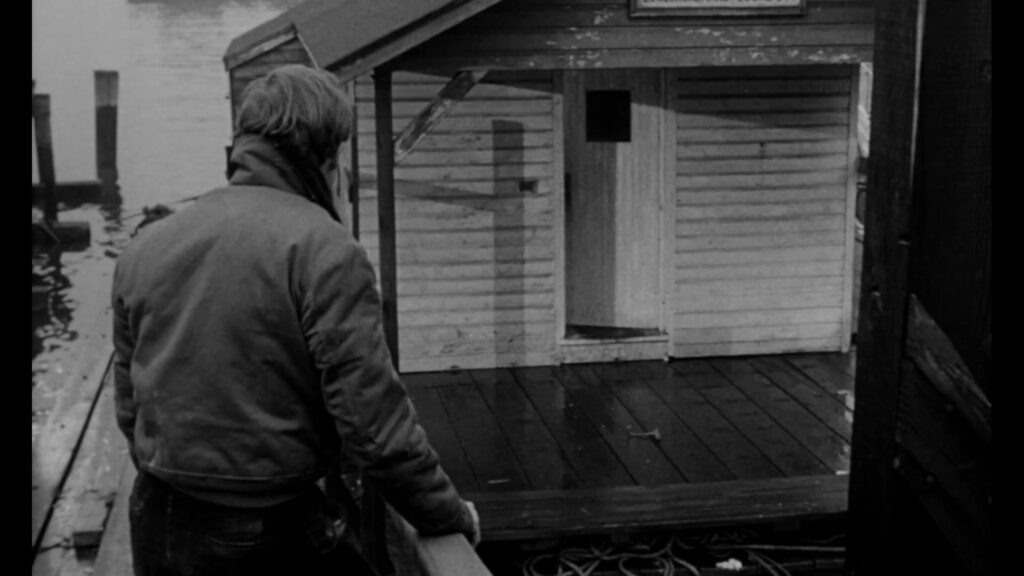
The standout in On the Waterfront is easily Marlon Brando’s performance. The way he brings the character of Terry Malloy to life is nothing short of magical. He truly embodies this character with such a laissez-faire attitude that’s hiding so much grief and pain underneath. It is honestly tough at points to watch the other actors on set. Brando acts circles around everyone from acclaimed actors like Lee Cobb to newcomer Eva Marie Saint. They are all doing fine work in this film, but they never reach the lengths Brando was able to with his role.
This is summed up best by Brando’s iconic “I could have been a contender” monologue, but I actually want to look at a different scene. In a scene early on in the film, Terry takes Eva Marie Saint’s character Edie out for a beer. Edie is the sister of Joey Doyle. A union dockworker who ended up on Johnny Friendly’s bad side and took a fall off the building. In this scene, Brando converses with Edie in such a nonchalant manner. It’s an acting method that was rarely seen in this time period of cinema. So much acting at this point in film was exaggerated and loud. Here, though, Brando is subtle. He never looks Eva in the eyes, and just calmly explains his life thoughts to her. It’s like there is no audience he’s performing for; he’s just having a conversation.
This type of acting would soon become standard, but Brando set the trend. He’s so subdued in his acting until the time requires it. He never raises or projects his voice unless the scene calls for it. It’s remarkable watching his performance here and thinking about where cinema would go in the future.
Contender
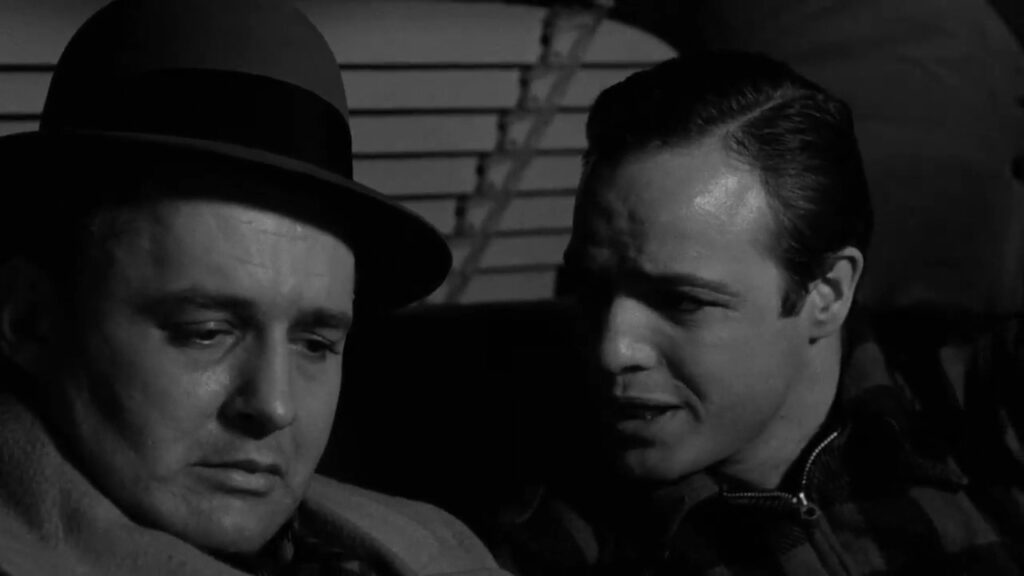
The most famous example of his acting, though, is with his I should have been a contender monologue. On a car ride with his brother Charley, another member of Johnny Friendly’s mob, Terry expresses regret about throwing his last fight. A fight he had to throw at the behest of Friendly.
His regret here isn’t so much about the fight as it is throwing away his convictions. He knew it was wrong to throw the fight, but he felt he had no choice. He had to throw it to appease Friendly. And he’s regretted it ever since. Malloy views this point in his life as the catalyst for where he is now. He could have been a good fighter, a great fighter, but he also could have been a good man. Someone who stood up for what was right. But instead, he took the easy way out.
The Red Scare
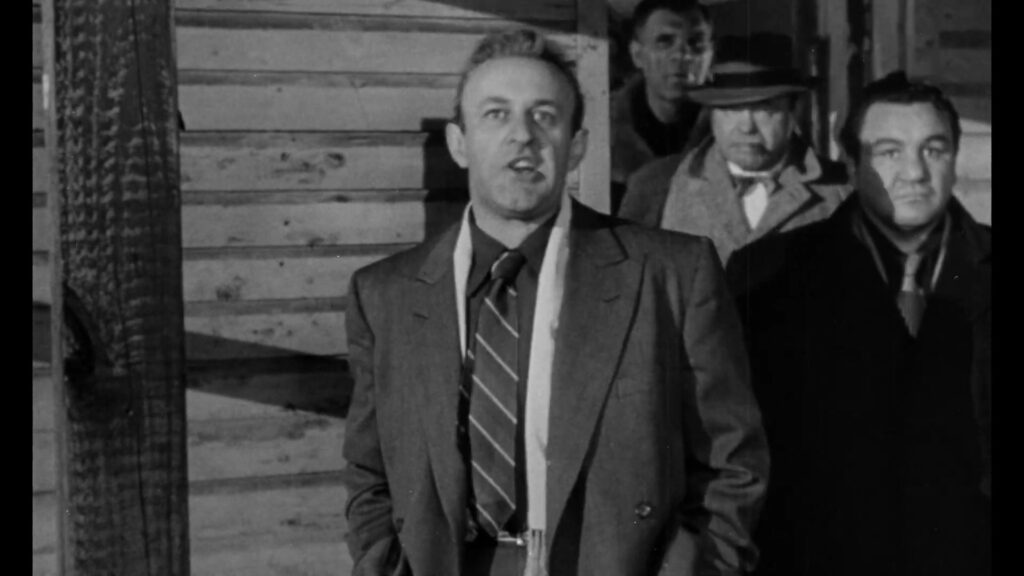
It’s also impossible to talk about On the Waterfront without discussing the true-life events that inspired the movie. Director Elia Kazan was criticized by some, praised by others, for his outing of eight different card-carrying communist members to the House Un-American Activities Committee. Kazan “named names” and in the process, destroyed the lives and careers of several of his fellow colleagues.
This choice that Kazan made had long-lasting ramifications. Even in 1999, when Kazan received an honorary Oscar, many people refused to stand or applaud his achievement. Decades after the incident, Kazan was still looked at as a traitor and an outsider.
Integrity
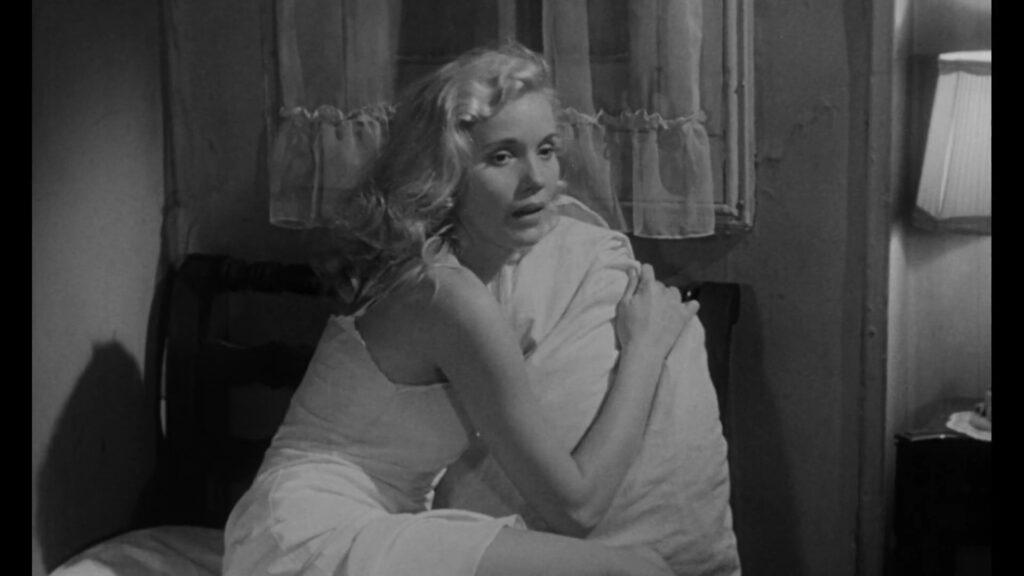
This real-life scenario was the inspiration for On the Waterfront and what led to Terry Malloy’s actions in the film. Terry decides to testify in court against Johnny Friendly. Outing him for his oppressive and illegal activities with the union, up to and including the murder of Joey Doyle. It’s a decision that Terry doesn’t take lightly and one that makes him persona non grata. For about fifteen minutes of the film’s runtime.
The mob of dock workers first shuns Terry, but soon eases up and accepts him. Deciding he did the right thing, and embraced him as a sort of hero. And that’s where the film ends. Terry Malloy did the right thing, the hard thing, and even though it brought temporary isolation, it ended with universal acclaim.
Life Imitating Art

But this is just a movie, and the true story is much more complicated. I’m unfortunately not well-versed enough in the politics of the time to have a strong stance myself on Kazan’s actions, but I’ve seen this movie enough times to know Kazan’s thoughts on his acts. He viewed himself as a martyr. A man who was persecuted for doing what was right. And he cast the infamously handsome Marlon Brando to get that point across to everyone.
The idea of this film being a response to Kazan’s actions, I actually find more interesting than the actions themselves. How highly Kazan must have thought of himself and his actions to make this incredible movie defending himself. It’s not the first, or the last, time we’ve seen something like this in Hollywood. But it is maybe the most brazen.
On the Waterfront Legacy
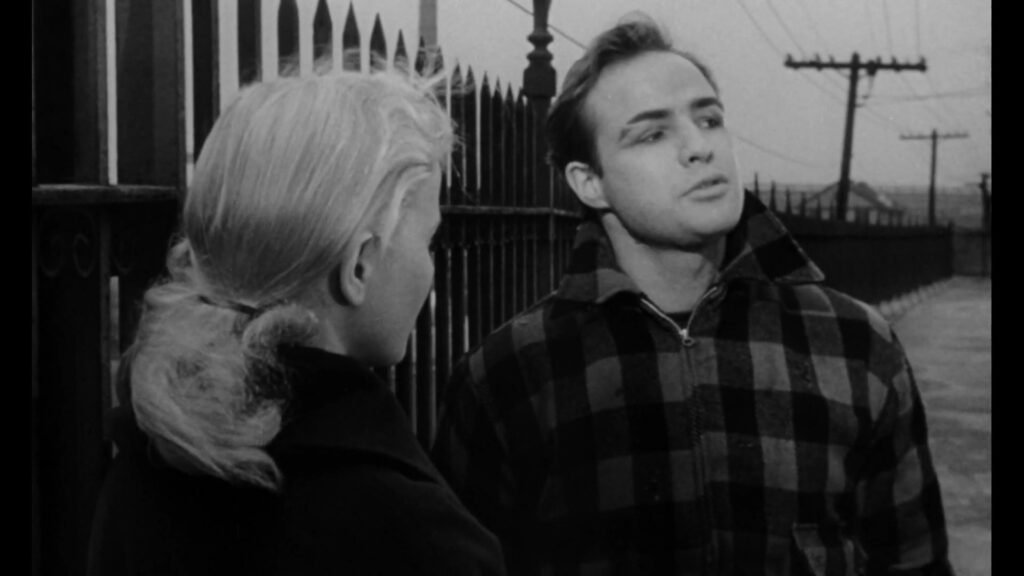
On the Waterfront is a film about doing what is right, but it’s done in a black and white scenario. Mob bosses, criminal activities with unions, and murder are all universally accepted as bad behavior. But what Kazan did, exposing communist members to Congress. Some who had only briefly been associated with the party decades earlier, well, that’s a lot grayer of an issue. But not to Kazan.
No, Elia Kazan was steadfast in his beliefs, going so far as to make a movie telling everyone he was right. I don’t know how right he was or how justifiable his actions were, but I know an incredible movie came out of it. One that we can look at now and understand better because of the context around the story.
On the Waterfront isn’t just a movie about wanting to be somebody. About the life of a contender thrown away. It’s about the moral high ground. Taking the path you believe is right, even when it will negatively impact you and your family. But the moral high ground is a lot easier to take in a film where the narrative is pre-planned. In real life, that moral high ground may not be exactly what you think it is. Despite casting Marlon Brando in an award-winning role to prove it.



